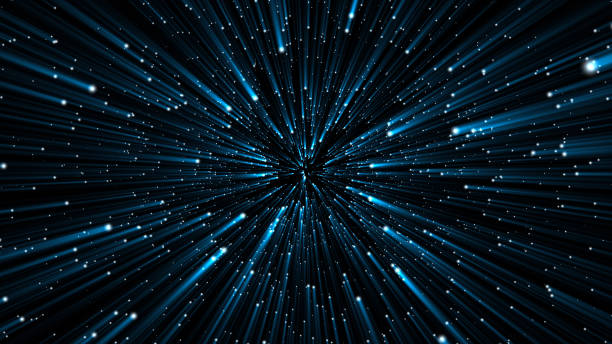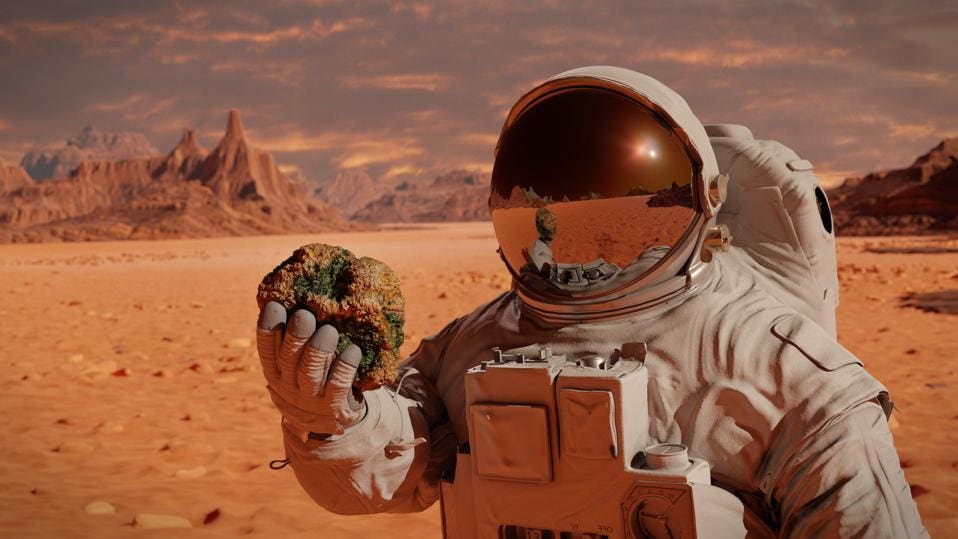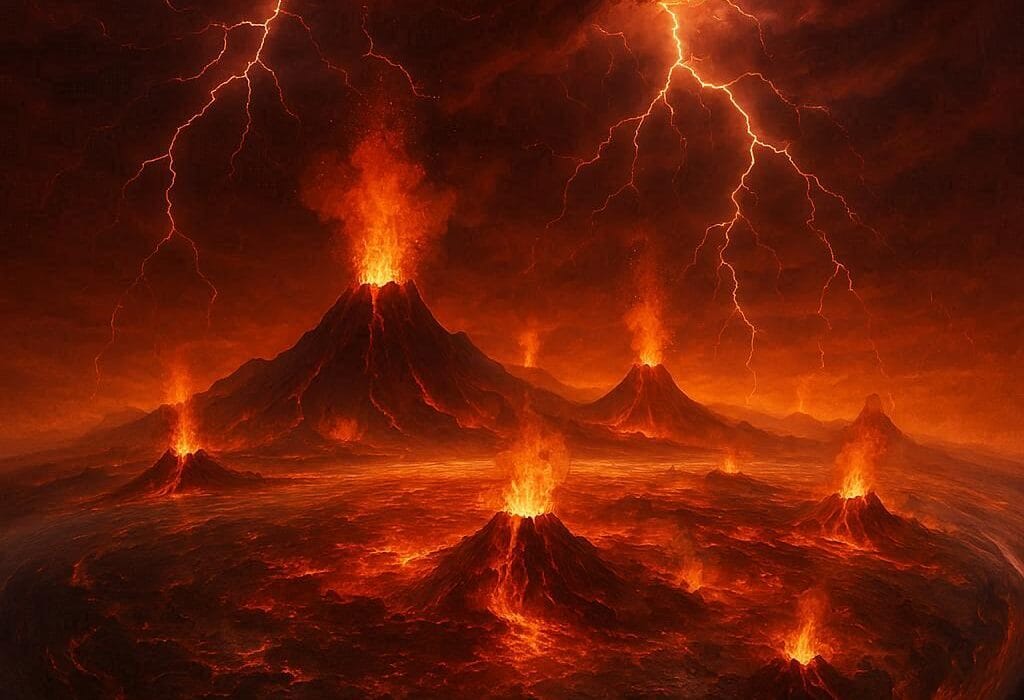Time is the most familiar thing in the world, yet the most mysterious. We wake each morning to the rhythm of clocks, measure our days in hours and minutes, and speak of time as if it were a river carrying us from the cradle to the grave. We feel its passage in our bodies, in the wrinkles that form, in the memories that accumulate, in the seasons that cycle endlessly. And yet when we pause to ask, What is time really?, we find ourselves standing before an abyss of questions.
For scientists, philosophers, poets, and ordinary people alike, time is not just a background to existence—it is the very stage upon which existence unfolds. We are immersed in it, unable to escape it, yet we cannot hold it in our hands. A physicist sees time not simply as a ticking clock but as a dimension of the universe, a thread woven into the fabric of reality. And still, even physicists admit that the essence of time eludes our complete grasp.
To understand time, we must journey through science and imagination, through Einstein’s equations and our everyday sensations, through ancient reflections and cutting-edge theories. Let us step into this strange and wondrous realm, where seconds and centuries meet, and see what time looks like through the eyes of physics.
Time as Experience
Long before scientists measured time with equations, humans felt it in their hearts. Ancient farmers noticed the rising and setting of the Sun, the cycle of seasons, the waxing and waning of the Moon. Time was the rhythm of nature, guiding planting and harvest, life and death. The ticking of the first water clocks and sundials was merely a way of keeping in step with the dance already felt in the body.
Even today, our experience of time is deeply personal. A minute waiting in fear feels endless, while hours spent in joy can vanish in an instant. Psychological time stretches and compresses according to our emotions. Yet beneath this elastic inner time lies the shared reality measured by clocks. We may disagree about how time feels, but two watches set side by side tick in unison—at least in the ordinary world.
The paradox is clear: time feels subjective yet behaves with ruthless objectivity. This tension between human experience and physical law has driven the greatest minds to ask: Is time flowing like a river, carrying us from past to future, or is it something altogether stranger?
The Birth of Physical Time
To truly grasp time, physics sought to strip away emotion and perception, measuring it with precision. Galileo was among the first to bring rigor to this endeavor. He noticed that a swinging pendulum seemed to keep equal intervals, regardless of its arc. From this came the principle that time could be measured not by feeling but by repeating motions.
Isaac Newton took this idea further, declaring that time exists absolutely, flowing at the same rate everywhere in the universe. In Newton’s vision, time was like an invisible container, holding all events in sequence. Space was the stage, time was the clock, and the two together provided the backdrop for motion and force. For centuries, this view reigned supreme. Clocks ticked, planets orbited, and Newton’s equations predicted their behavior with astonishing accuracy.
Yet Newton’s absolute time contained a silent assumption: that the universe shared a single, universal now. That every event, no matter how far away, was marked by the same cosmic clock. It was a comforting view, fitting with human intuition. But it would not last.
Einstein’s Revolution
The early twentieth century shattered the Newtonian dream. Albert Einstein, with his special theory of relativity in 1905, revealed that time was not absolute. Instead, it was inseparably linked with space, forming a four-dimensional fabric we call space-time.
According to relativity, time does not flow at the same rate everywhere. It depends on motion. A clock moving close to the speed of light ticks more slowly than one at rest. This is not an illusion or a trick—it is a fundamental feature of the universe. Time itself stretches, bending to accommodate the speed of light as the ultimate limit.
General relativity, unveiled by Einstein in 1915, deepened the mystery. It showed that gravity is not a force pulling objects together, but the warping of space-time itself. Massive bodies like stars and planets bend the fabric of space-time, and this curvature tells objects how to move. Time slows down in the presence of strong gravity. A clock near the surface of Earth ticks ever so slightly more slowly than one high on a mountain.
Experiments have confirmed this astonishing truth. Astronauts orbiting Earth age imperceptibly more slowly than those on the ground. GPS satellites must account for relativistic time differences, or navigation would drift by kilometers each day. Time, once thought universal, turns out to be local, pliable, and deeply intertwined with space.
The Arrow of Time
Despite relativity’s revelations, another puzzle remains: Why does time flow in one direction? Why do we remember the past but not the future? Physics at its core often describes reversible laws. The equations of motion work the same whether time runs forward or backward. Yet our experience screams otherwise. Broken eggs do not reassemble. Smoke does not return to a cigarette. We age, but never grow younger.
The answer lies partly in entropy—the measure of disorder. According to the second law of thermodynamics, in any closed system, entropy tends to increase. A tidy room becomes messy unless energy is expended to clean it. The universe, as it evolves, drifts toward greater disorder. This increase in entropy gives time its arrow. The past is the realm of lower entropy, the future of higher entropy.
But why was the universe so low in entropy at its beginning? Why did the Big Bang start with such extraordinary order? This remains one of the deepest mysteries of cosmology. Perhaps time’s arrow is not an absolute feature of the universe, but a reflection of its unique beginning. Perhaps in other regions or other cycles, time might behave differently, even flowing backward in some exotic sense. The arrow of time, so obvious in daily life, is still an enigma at the deepest level.
Time and Quantum Reality
If relativity reshaped our sense of time on the cosmic scale, quantum mechanics shattered it on the microscopic one. Quantum theory describes a world of probabilities, where particles exist in superpositions of states until measured. In this realm, time often appears not as a flowing river but as a parameter—an external label attached to evolving probabilities.
This raises uncomfortable questions. If quantum events are probabilistic, what role does time play in their unfolding? Does time itself emerge from quantum entanglement, from the correlations between particles? Some physicists suggest that time is not fundamental at all but a byproduct of deeper structures—an illusion that arises when we look at the universe in a particular way.
The merging of relativity and quantum mechanics into a single framework, known as quantum gravity, remains unsolved. Theories like string theory and loop quantum gravity attempt to explain how space-time itself might be quantized, woven from microscopic building blocks. In such visions, time might dissolve into something entirely unfamiliar, existing only as an emergent phenomenon when large-scale order appears.
Is Time Real or an Illusion?
If time can stretch, bend, and perhaps even dissolve at the quantum level, is it truly real? Or is it a construct of human perception, a way to make sense of change? Philosophers like Augustine long ago noted the paradox: “What then is time? If no one asks me, I know; if I wish to explain it to him who asks, I do not know.”
Physics suggests that past, present, and future all coexist within the block universe model. In this view, space-time is a four-dimensional structure where all events—yesterday’s sunrise, today’s conversation, tomorrow’s dreams—already exist. The flow of time is merely our consciousness moving along a fixed dimension. From the cosmic perspective, there is no universal “now,” only the entirety of space-time laid out like a tapestry.
And yet, the human heart rebels against this. We feel time as motion, as change, as life unfolding. Perhaps both views are true: time as a static structure from one perspective, and as flowing experience from another. Reality may be richer than any single metaphor can contain.
Time in the Universe
Looking beyond Earth, time takes on cosmic dimensions. The age of the universe, measured by the expansion of galaxies and the cosmic microwave background, is about 13.8 billion years. Stars live and die over billions of years, forging elements in their cores and scattering them into space. Black holes slow time near their horizons, trapping moments as if in eternal suspension.
At the edge of physics lies the singularity of the Big Bang, where time as we know it may have begun. Was there a “before”? Some theories suggest time itself was born with the universe, making the question of “before” meaningless. Others imagine a multiverse, with cycles of expansion and contraction, where time may loop or branch endlessly.
The future, too, stretches into mystery. Will the universe expand forever, growing cold and empty in a “heat death” where entropy reaches its maximum? Or might new physics alter the script, leading to collapse or rebirth? The fate of time itself is bound to the fate of the cosmos.
Time in Human Life
For all its cosmic grandeur, time’s deepest meaning is often personal. It is the heartbeat between lovers, the fading of youth, the anticipation of tomorrow. Physics can tell us how clocks tick in gravitational fields, but it cannot capture the way a moment with a child feels eternal, or how a year of loneliness drags like eternity.
We measure our lives in calendars and schedules, but the true currency of time is memory. The past lives in recollection, the future in imagination. Consciousness stitches together a flowing present from countless brain processes, creating the seamless illusion of continuity. Time, in this sense, is as much a product of the mind as of the cosmos.
And yet, understanding its physical nature can deepen our appreciation. To know that we age slightly faster on the mountaintop, or that astronauts orbiting Earth live milliseconds longer, is to glimpse the strangeness hidden in the ordinary. To know that our lives unfold in a universe where time itself had a beginning is to feel part of something vast and wondrous.
The Endless Question
What is time? After centuries of science and philosophy, the answer remains elusive. Time is motion, memory, entropy, geometry, consciousness. It is both universal and personal, both real and perhaps illusory. It is the stage of existence and yet also a player upon it.
Physicists continue to probe, searching for a unified picture that will reconcile relativity and quantum mechanics, that will explain why the arrow of time exists, that will reveal whether time is fundamental or emergent. Each discovery reshapes the question rather than closes it.
For non-scientists, what matters is not merely the technical detail but the awe that comes from realizing how strange reality truly is. Time is not the simple ticking of clocks; it is the unfolding of the cosmos itself. To ask what time is, is to ask what it means to exist, to change, to remember, to dream.
And perhaps that is the gift time gives us: not just hours and years, but the endless mystery of itself. A mystery that reminds us we are fleeting yet part of eternity, fragile yet connected to the fabric of the universe. In the end, time is not only what physicists measure. It is what makes us human.
Closing Reflection
Standing under the stars, we feel time in the glow of ancient light, photons that traveled billions of years to meet our eyes. We feel it in our heartbeat, in the fleeting moment that becomes memory even as we name it. Time is everywhere and nowhere, the most intimate and the most cosmic of mysteries.
Physics has given us astonishing glimpses into its nature, from relativity to quantum theory. But the question remains forever open, forever beckoning. To live is to move through time; to wonder is to step outside it, if only for a moment. And in that tension between knowing and not knowing, between living and reflecting, we find the beauty of the human condition.
Time is mystery. Time is measure. Time is life. And as long as there are minds to ask, the question “What is time?” will echo through the ages, calling us to seek, to imagine, and to marvel.






